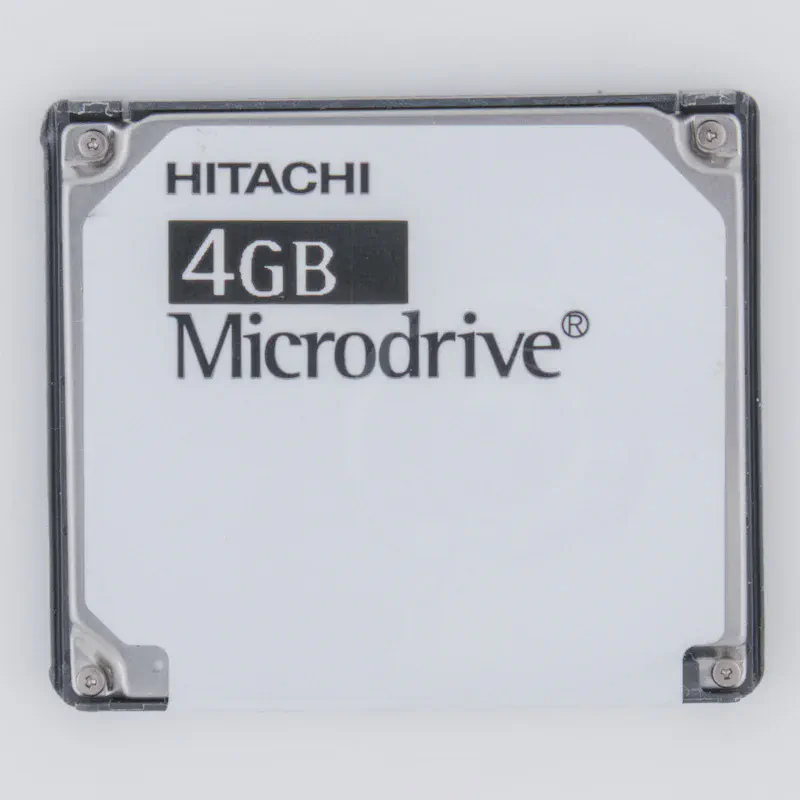Nikon D3 Compact Flash Memory Card Compatibility (64GB Max)
- Nathaniel Stephan
- May 24, 2025
Table of Contents
The Nikon D3 is compatible with Compact Flash memory cards up to 64GB in capacity.
SD cards can be used with a SD to CF card adapter. This can save money if you already have an SD card.
The D3 has two Compact Flash card slots. It will work with only one card. Two cards do not need to be used.
64GB cards did not exist when the D3 was released in 2007. Now that capacity is small.
Dual Card Slots
There are two card slots. The camera will work if you only use one.
Do Both Memory Card Slots Need to be Used?
No, the camera can be used with only one CF card.
When you use two cards, they can:
- Be mirror copies. Both cards will have the same files.
- RAW and JPEG. RAW files will be written to one and JPEGs to the second card.
- Overflow. Once the first card is full, files will be written to the second card.
Do CF Cards Need to Match?
No, the cards to not need to be the same. Different capacity cards can be used. They do not need to be from the same manufacturer.
One card should not be significantly slower than the other.
Having both cards be the same can help to prevent problems.
Recommended CF Cards
The D3 was released in 2007. Any new card will have fast enough continuous write speeds.
Paying extra for fancy names and a cool label won’t improve performance.
If you have SD or MicroSD cards that are 64GB or smaller, using an adapter might be cheaper.
Nikon product support, Approved Memory Cards - D3
Affiliate Advertising Disclosure
Outside the Shot is a participant in the Amazon Services LLC Associates Program, an affiliate advertising program designed to provide a means for sites to earn advertising fees by advertising and linking to Amazon.com. As an eBay Partner, I may be compensated if you make a purchase. I also participate in affiliate advertising programs with KEH, and WEX Photo Video. More can be found on the Affiliate Disclosure page.
Lexar Professional CF Card 64GB

- High speed performance—leverages UDMA 7 technology to deliver a read speed up to 1066x (160MB/s).
- Supports the VPG-65 specification for professional-quality video.
- Captures high-quality images and extended lengths of stunning 1080p Full-HD, 3D, and 4K video.
- High-speed file transfer to dramatically accelerate workflow.
See current price and information:
SanDisk Extreme 64GB CompactFlash Card

- Write speeds of up to 85 MB/s for faster shot-to-shot performance.
- Transfer speeds of up to 120 MB/s for increased efficiency.
- Video Performance (VPG-20) for Full HD video recording.
- RTV silicone coating protects card from shock and vibration.
See current price and information:
SanDisk Extreme Pro CF 64GB

- Records and captures cinema quality 4K and Full HD video.
- Transfer speed of up to 160MB/s (1067X) read speeds.
- Industry leading shot speed performance of up to 150MB/s (1000X) write speeds.
- Designed for professional photographers and videographers
See current price and information:
Compact Flash Adapter

There are adapters that allow SD cards to be used.
Use cards that are 64GB or smaller.
The maximum write speeds the adapter I tested was capable of achieving was 20MB/s. I do not know if a faster card will allow the D3 to clear the image buffer faster.
See current price and information:
Card Reader

Get a card reader that is USB 3.0 or 3.1.
The All-in-1 card readers are slow. They use USB 2.0. You’ll end up waiting forever for your photos to transfer.
I prefer cards with cables. They won’t block other ports.
I like USB-C so I can use them with my phone.
See current price and information:
Card Errors
Bent card reader pins is the most common cause of errors.
Look down in the memory card slots of the D3. All of the pins should be straight.
If you see bent pins, the card slot will need to be replaced. Parts can be found online, but they are expensive.
To avoid bending pins, be gentle. Strong force should never be used.
Make sure the card is correctly aligned. You might need to turn it around.
Type I vs Type II

Compact Flash cards are 43mm wide and 36mm long. The 43mm side is the one with the holes for the pins.
The difference is thickness.
- Type I - 3.3mm thick
- Type II - 5mm thick
Type II “cards” are no longer made. The slot was thicker to allow for Microdrives to be used. However, the Nikon D3 is not compatible with Microdrives.
A Microdrive was a small mechanical hard drive, the size of a CF card. In the 2000s, they had higher capacity storage than Compact Flash cards.
They have been discontinued for a long time. Finding a working Microdrive is difficult. They’re mechanical, all of them will fail with time.